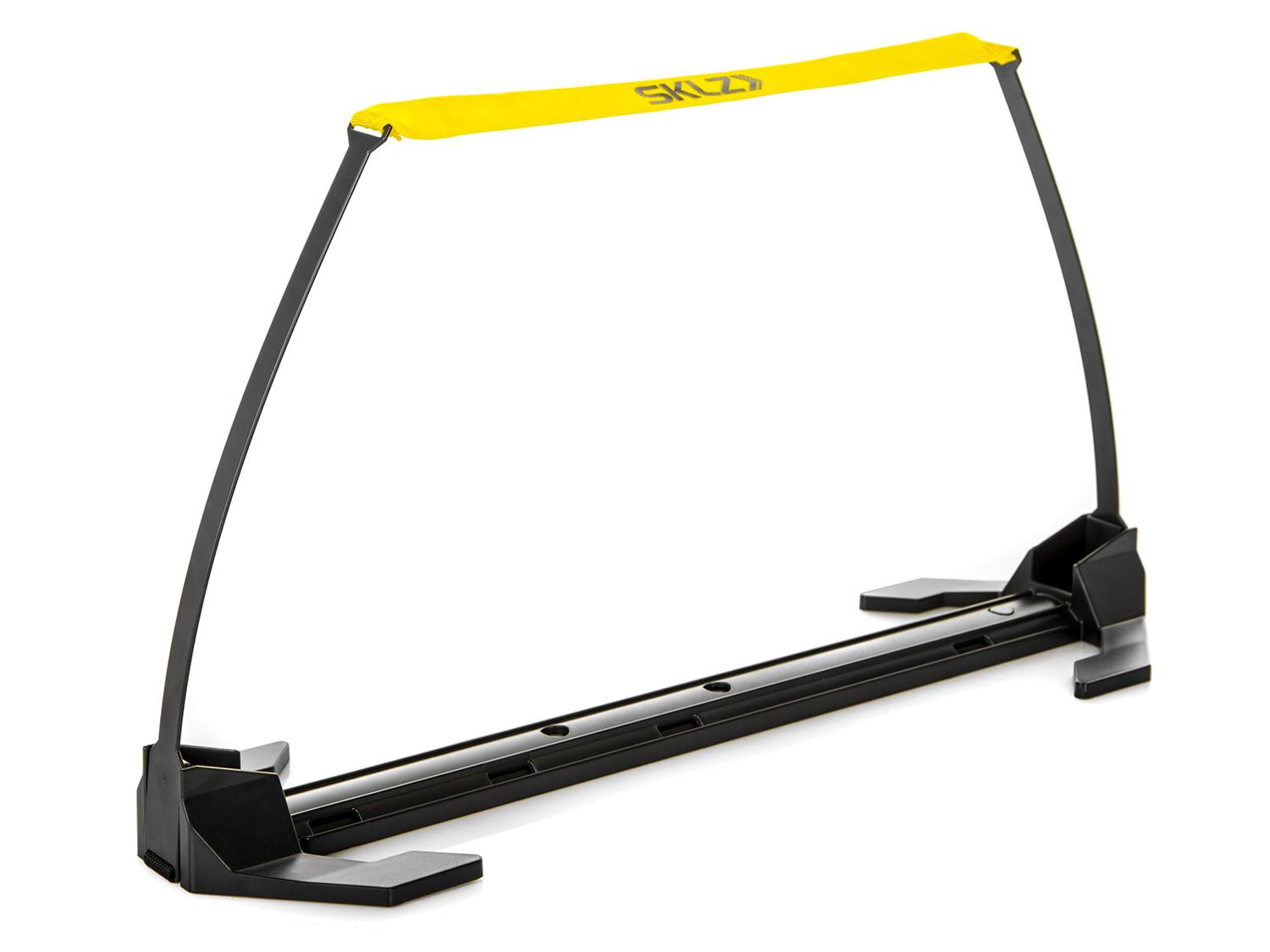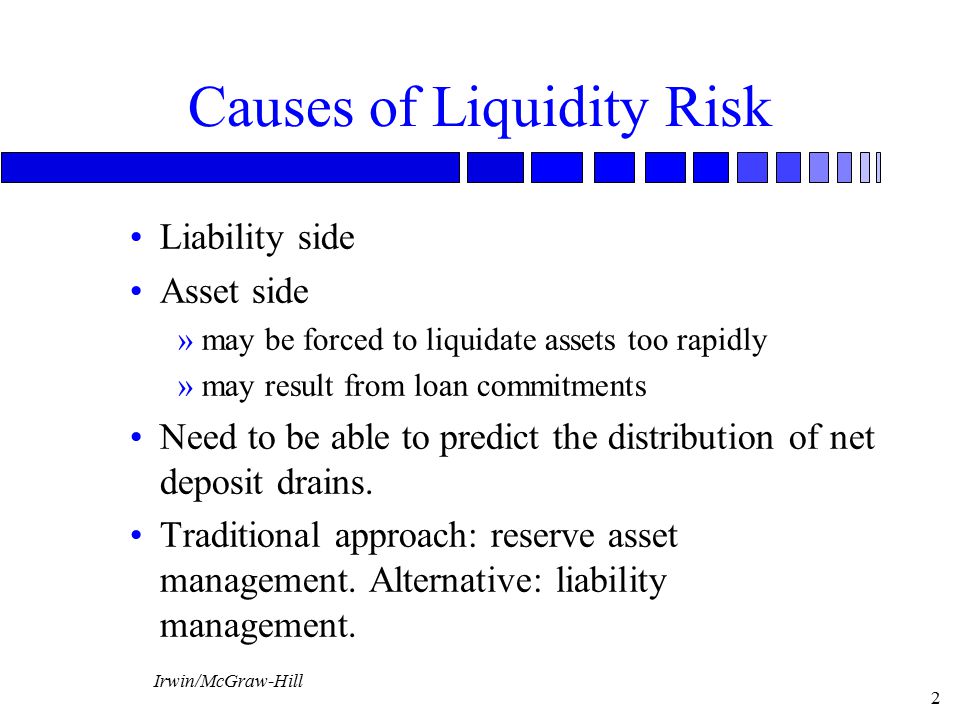Allowance for Doubtful Accounts when Customers Who Owe Do Not Pay
Contents:


Problems such as disputes, miscommunications, and customer insolvency make achieving a 100% collection rate challenging. Allowance for doubtful accounts is not a temporary account as they get carried forward to the next financial year. Enable 95% straight-through, same day cash application and 100% savings in lockbox data capture fees with HighRadius Cash Application Solutions. Let us understand the concept of allowance for doubtful accounts with the help of a couple of examples.

Under the percentage of credit sales method, you estimate your allowance for doubtful accounts based on the historical percentage of credit sales that aren’t collectible for your company or your industry. Your allowance for doubtful accounts uses a credit balance to partially offset the debit balance of an asset on your balance sheet. In accounting, the word provision is used to emphasize the bad debt expense is an estimate. To say you are recording a provision for doubtful accounts means you are estimating the amount of bad debt expense necessary for proper accounting.
Objective 2 – Explain how Accounts Receivable are Recognized in the Accounts
Or the allowance for uncollectible accounts) reflects the estimated amount that will eventually have to be written off as uncollectible. First, explaining how accountants use the contra-asset account “Allowance for Doubtful accounts” to maintain accounting accuracy by writing off bad debts. For the taxpayer, this means that if a company sells an item on credit in October 2018 and determines that it is uncollectible in June 2019, it must show the effects of the bad debt when it files its 2019 tax return. This application probably violates the matching principle, but if the IRS did not have this policy, there would typically be a significant amount of manipulation on company tax returns. For example, if the company wanted the deduction for the write-off in 2018, it might claim that it was actually uncollectible in 2018, instead of in 2019.
- Allowances for doubtful accounts are an important tool to help cover inevitable dummy non-payments.
- ADA is a type of contra asset account used to reduce your account receivable balance (“contra asset” referring to an asset account where the account balance is a credit balance).
- In a promissory note, the party making the promise to pay is called the maker.
Since bad debt is an expense, we debited the account in the first entry. According to accounting principles, when an expense rises, we debit that account, which is why bad debt gets debited. You should review the balance in the allowance for doubtful accounts as part of the month-end closing process, to ensure that the balance is reasonable in comparison to the latest bad debt forecast. For companies having minimal bad debt activity, a quarterly update may be sufficient.
Effect on Income Statement and Balance Sheet
In addition, the company should re-examine how it manages credit extended to customers. If the company’s bad debt reserve is too high, investors may lose confidence in the company’s ability to work with a reliable customer base and ensure collection for products or services provided. So far, we have used one uncollectibility rate for all accounts receivable, regardless of their age. However, some companies use a different percentage for each age category of accounts receivable. When accountants decide to use a different rate for each age category of receivables, they prepare an aging schedule.
This is known as the direct write-off method and reveals the exact bad debt percentage. To establish an adequate allowance for doubtful accounts, a company must calculate its bad debt percentage. To make that calculation, divide the amount of bad debt by the company’s total accounts receivable for a period of time and then multiply that number by 100.
In other words, the higher the DSO of a company, the higher its allowance must be. Accounts ReceivablesAccounts receivables is the money owed to a business by clients for which the business has given services or delivered a product but has not yet collected payment. They are categorized as current assets on the balance sheet as the payments expected within a year. The balance sheet is the only one the second and third journal entries will impact.
ONCOCYTE CORP Management’s Discussion and Analysis of Financial Condition and Results of Operations (form 10-K) – Marketscreener.com
ONCOCYTE CORP Management’s Discussion and Analysis of Financial Condition and Results of Operations (form 10-K).
Posted: Wed, 12 Apr 2023 20:56:07 GMT [source]
Percentage-of-receivables method The percentage-of-receivables method estimates uncollectible accounts by determining the desired size of the Allowance for Uncollectible Accounts. Rankin would multiply the ending balance in Accounts Receivable by a rate based on its uncollectible accounts experience. In the percentage-of-receivables method, the company may use either an overall rate or a different rate for each age category of receivables. The specific identity and the actual amount of these bad accounts will probably not be known for several months.
The model lets you answer “What If?” questions, easily and it is indispensable for professional risk analysis. Modeling Pro is an Excel-based app with a complete model-building tutorial and live templates for your own models. Free AccessFinancial Metrics ProKnow for certain you are using the right metrics in the right way. Learn the best ways to calculate, report, and explain NPV, ROI, IRR, Working Capital, Gross Margin, EPS, and 150+ more cash flow metrics and business ratios.
Matching Principle: Bad Debt and Revenue
For example, if your current accounts receivable balance is $8,000, the actual value of the account would be $5,000. The risk classification method assumes that you have prior knowledge of the customer’s payment history, either through your initial credit analysis or by running a credit report. Analyzing the risk may give you some additional insight into which customers may default on payment. After the accounts are arranged by age, the expected bad debt losses are determined by applying percentages, based on past experience, to the totals of each category. Most small businesses use this method because it’s easier to simply write off a receivable to bad debt expense when you know it’s uncollectible than it is to estimate an allowance. In this lesson you will learn how to account for business bad debt using an allowance for doubtful accounts.

Peter’s Pool Company, based in Tampa, Florida, has estimated the balance allowance for doubtful accounts to be 14k. For the purposes of this example, let’s assume the 14k is 100% accurate and that none of that amount gets collected from the company’s clients. That percentage can now be applied to the current accounting period’s total sales, to get a allowance for doubtful accounts figure.
https://1investing.in/y customers might be required to provide letters of credit or bank guarantees. Interest Revenue is shown under “Other Revenues and Gains” in the nonoperating section of the income statement. No interest revenue is reported when the note is accepted because the revenue recognition principle does not recognize revenue until earned.
Form 10-Q TRANSUITE.ORG INC. For: Feb 28 – StreetInsider.com
Form 10-Q TRANSUITE.ORG INC. For: Feb 28.
Posted: Wed, 12 Apr 2023 17:12:45 GMT [source]
The bad debt expense enters the accounting system with two simultaneous transactions. In the case of the allowance for doubtful accounts, it is a contra account that is used to reduce the Controlling account, Accounts Receivable. As you’ve learned, the delayed recognition of bad debt violates GAAP, specifically the matching principle. Therefore, the direct write-off method is not used for publicly traded company reporting; the allowance method is used instead.
This also simplifies adjusting year-over-year, where it can be difficult to keep track of allowances. Given that the default probability is unique to each company, this method offers the most accurate way of predicting ADA. However, it’s dependent on maintaining a small, consistent customer base that can be measured, with calculation efforts increasing as your client base grows.
While both bad debt expense accounting and allowance for doubtful accounts signify the same thing from a business perspective, the accounting world treats them very differently. Allowance for doubtful accounts is a balance sheet account and is listed as a contra asset. The allowance for doubtful accounts is a general ledger account that is used to estimate the amount of accounts receivable that will not be collected. A company uses this account to record how many accounts receivable it thinks will be lost.
Assume further that the company’s past history and other relevant information indicate to officials that approximately 7 percent of all credit sales will prove to be uncollectible. An expense of $7,000 (7 percent of $100,000) is anticipated because only $93,000 in cash is expected from these receivables rather than the full $100,000. As you can tell, there are a few moving parts when it comes to allowance for doubtful accounts journal entries. To make things easier to understand, let’s go over an example of bad debt reserve entry. Another way you can calculate ADA is by using the aging of accounts receivable method.
Revenue belongs on the Income Statement, and Accounts Receivable belong on the Balance Sheet/Statement of Financial Position. We cannot be overstating either the Income Statement or the Balance Sheet/Statement of Financial Position. It is rare for an entity to be able to collect all of their Accounts Receivable (A/R). This means that in order to present an accurate assessment of A/R, we need to determine how many A/R are not receivable in full. Remember that Accounts Receivable must be measured at Net Realizable Value, which means that we need some way of determining how much will never be paid, and netting this amount from our Accounts Receivable balance.
MedAvail Reports Fourth Quarter and Full-Year 2022 Financial … – GlobeNewswire
MedAvail Reports Fourth Quarter and Full-Year 2022 Financial ….
Posted: Thu, 13 Apr 2023 20:05:00 GMT [source]
B. Prepare the accounting equation entry for the income statement method of bad debt estimation. The following table reflects how the relationship would be reflected in the current (short-term) section of the company’s Balance Sheet. The understanding is that the couple will make payments each month toward the principal borrowed, plus interest. The first method involves examining credit sales (or the percentage of total collected A/R) and using historical collection data to determine how much of your invoices are written off, on average. Whereas AFDA is an estimate of accounts receivable that will likely go uncollected, BDE is a record of receivables that went unpaid during a financial reporting period.
A promissory note is a written promise to pay a specified amount of money on demand or at a definite time. This amount represents the required balancein Allowance for Doubtful Accounts at the balance sheet date. A schedule is prepared in which customer balances are classified by the length of time they have been unpaid. Generally classified and reported as separate items in the balance sheet. Publicly traded companies are required to follow GAAP rules, so some small businesses follow GAAP if they plan on growing and potentially going public someday.
